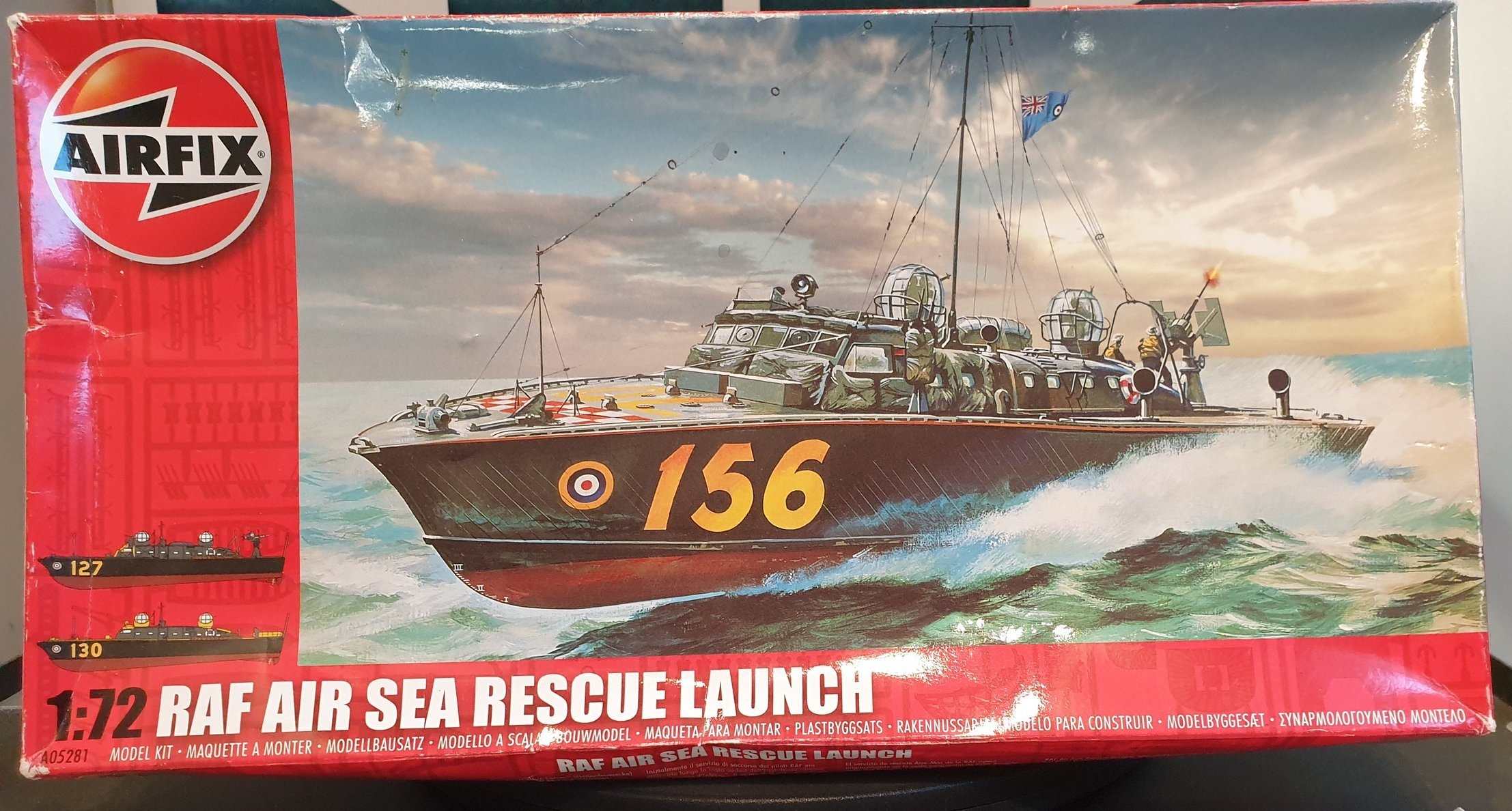I probably have too many hobbies and one of them is that I have a model railway in my loft. Above the scenery I have a lot of space except on the north wall where the Velux windows are. To break up the big expanses I had the idea to add some posters of the train I have one for each of the railway regions that were formed in 1923 until 1947 known as the big four - LMS, LNER SR and GWR. I couldn’t find what I was looking for to buy and then I saw some very long thin canvases (100x 30cm) in Hobbycraft and decided to do my own posters based on the trains I run on my layout.
These trains were iconic in their time and were widely celebrated. They were also pretty quick even by todays standards and were the pride of the companies that owned them and the crews that operated them.
I started with the Coronation Scot and this is essentially copy of a painting by Norman Wilkinson, except I have used the maroon and gold version of the train as I have this a model of this loco and you saw the real thing at the National Rail Museum in York.
Coronation Scott at Shapps Summit
This took a very long time and much repainting to get right, never mind getting that fine gold lining and lettering to a good standard.
I then decided to tackle the Golden Arrow. Here I worked form photographs but again replaced the locomotive with one I have pulling this iconic train. The Pullman cars are still the height of luxury and you can still travel on special trains and experience what it was like to travel first class in the 1930’s.
I have tried to use a similar composition, style and palette of colours to be consistent. Here the challenge was the exposed tracks and getting the perspective right for the unusual shape of this canvas.
Next up one of the most famous trains - Mallard, holder of the steam world record. I have shown her here pulling the coronation train designed for when George VI took the throne and it’s passing Alnwick, North of Newcastle.
The proportions need careful attention as many of my friends are railway enthusiasts and I did not want to disappoint them.
For my last painting I chose an older loco, the GWR City of London which would take passengers to Cornwall out of Paddington Station and pass over the iconic Brunel designed Royal Albert Bridge. Even in 1902 when this train was running this class could reach 100mph but GWR did not adopt the streamlined look for its locos like the other three railway companies so this does look more Edwardian than space aged. Locomotives like this also pulled ambulance trains that evacuated 1.2 million soldiers in World War One and that is the story I wanted to tell with this picture























